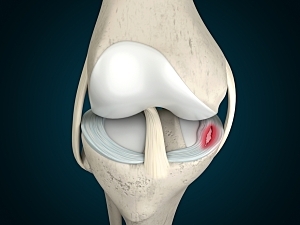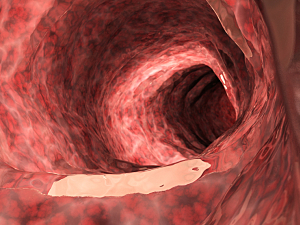No Association Detected Between Cystic Lesions of the Pineal or Pituitary Gland

Because of imaging advances, incidental diagnosis of midline intracranial neuroendocrine cystic masses is increasingly common. Edward Laws, MD, of the Pituitary and Neuroendocrine Program at Brigham and Women’s Hospital, and colleagues examined whether there’s a link between Rathke cleft cysts and pineal gland cysts.
Read More...







